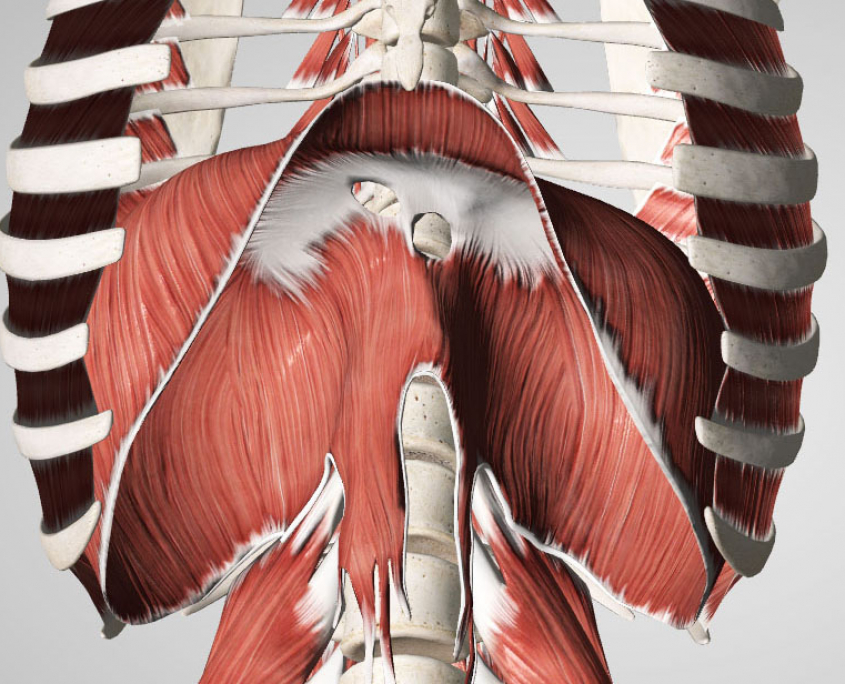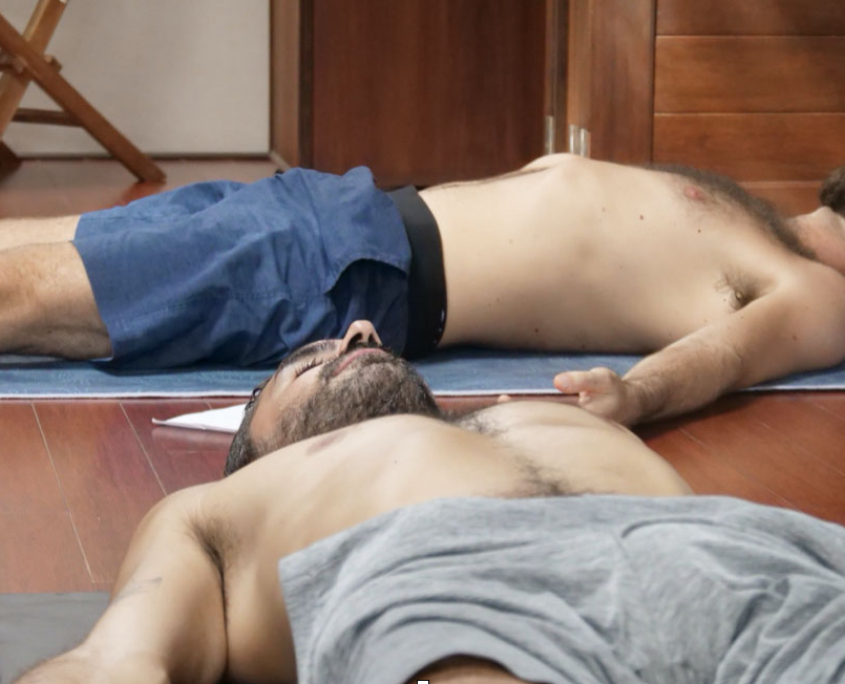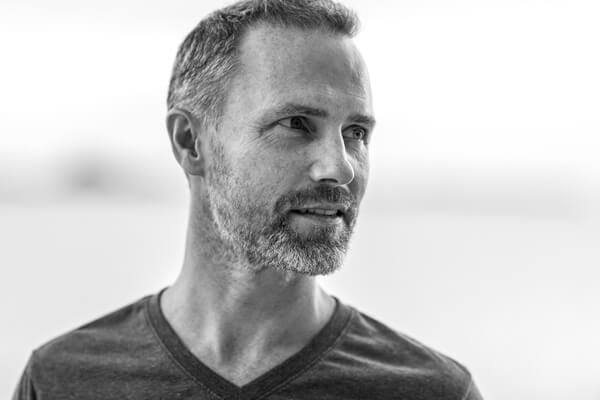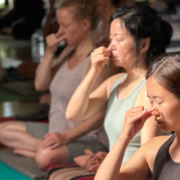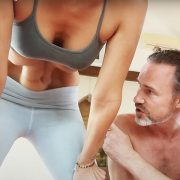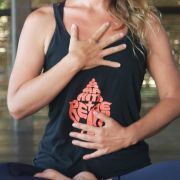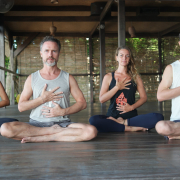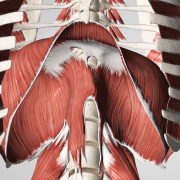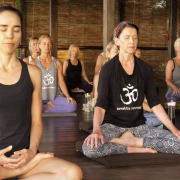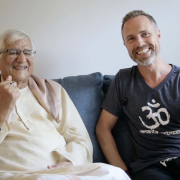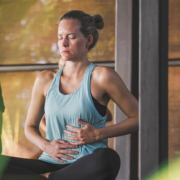 https://samahitaretreat.com/wp-content/uploads/2024/02/basic-breathwork.webp
600
798
Dr. Paul Dallaghan
http://samahitaretreat.com/wp-content/uploads/2024/01/samahita-logo-v2.svg
Dr. Paul Dallaghan2024-02-28 20:34:422024-02-28 20:35:53Navigate the World of Breathing
https://samahitaretreat.com/wp-content/uploads/2024/02/basic-breathwork.webp
600
798
Dr. Paul Dallaghan
http://samahitaretreat.com/wp-content/uploads/2024/01/samahita-logo-v2.svg
Dr. Paul Dallaghan2024-02-28 20:34:422024-02-28 20:35:53Navigate the World of BreathingRespiratory System Plasticity
The respiratory system is now known to be plastic, characterized by ongoing changes in the neural control system. These changes are based on previous experience and long-lasting expressions.
This intrinsic feature of the respiratory control network extends well beyond the development of a child’s respiratory system into adult life (1). This is a sword that cuts both ways, however, as it could either exacerbate any maladaptive responses to poor and obstructed respiratory functioning, or it could confer greater advantages when breathing is trained enhancing respiratory plasticity.
“The central respiratory control has been shown to couple with sympathetic activity, and when particularly maladaptive due to poor respiration, can influence the development of hypertension…..”
Anatomical and Functional Influence of the Respiratory System
- Cardiovascular system
The respiratory apparatus functions as a pump in a closely interrelated role with the cardiovascular system, so together they eliminate CO2 and metabolites from cells while deliver oxygen and nutrients to those same cells.
- Sympathetic system
The central respiratory control has been shown to couple with sympathetic activity, and when particularly maladaptive due to poor respiration, can influence the development of hypertension (2).
- Diaphragm, intercostal muscles and heart
Breathing exercises are consciously controlled respiratory events, trained in a graded manner over time, to influence the function of the respiratory diaphragm, intercostal muscles, and as a result pulmonary function and health. Each ebb and flow of inspiration and expiration expand and contract the lungs and by default impact the heart.
- Organs
Additionally, the movement of the diaphragm with varied intercostal activity, depending on the depth of the inhalation, alternates intrathoracic and intraabdominal pressure providing a massage stimulation to the visceral organs.
- Cardiac, sympathetic, and respiratory systems
This mechanical process of respiration influences the rhythm of cardiac, sympathetic, and respiratory systems. Each inspiration creates a negative thoracic pressure that increases venous return and heart rate through cardiac stretch receptors.Simultaneously, pulmonary mechano-receptors and baro- and chemo-receptors provide sensory input in a feedback loop to central respiratory processing. Better trained respiratory muscles for example via breathing exercises, as part of a regular comprehensive yoga practice:– augment plastic adaptation of the respiratory system– improve heart and lung function– potentially aid enteric function through pressure from improved diaphragm movementThe benefit is not only during the time of practice but, based on the learned plastic effect, leads to an improved respiratory function across a 24-hour period. This improved functionality not only increases daily well-being and sleep quality but as a byproduct of efficient mechanical respiration improves oxygen delivery and uptake across a 24-hour period.
- Spinal Column
Finally, trained respiration with optimal diaphragmatic usage influences the spinal column as the crura of the diaphragm are attached directly to the spine at approximately T11 to L3, where they also overlap with the attachment of the psoas muscle, considered crucial for posture. Each inspiration contracts the diaphragm and when working more deeply pulls on these crura to stimulate the spinal column and its intervertebral discs.
Link to Main Article:
The Power in Yoga’s Approach to Upgraded Breathing
Dr. Paul Dallaghan’s expertise with breathwork, body and meditative practices comes from three sources: (1) three decades of daily dedicated practice and teaching these techniques; (2) uniquely acknowledged in the Yoga tradition by the title of “Master Yogi-Prānācharya (expert in breath)”, following an immersion in the original culture through one-on-one direct training in practice and study of ancient texts; (3) a PhD in doctoral scientific research at a leading US university (Emory) covering both the tradition and science of yoga and breath practices in terms of stress, health and aging. As a result, Paul occupies a unique space to impart genuine teaching and science on the breath, body, and meditative practices, seen as a Teacher-of-teachers and identified to carry on the tradition of Pranayama. His sincere and ongoing role is to teach, write and research, to help put out experienced and authentic information on these areas of how we live, breathe and be, to help people improve their mental and physical health, and live more fulfilling lives.
For more on his background see his bio
References
- O’Halloran, K. D. (2016). Blast from the past! Phrenic motor memory of antecedent episodic hypercapnia is serotonin dependent: relevance to respiratory rehabilitation and sleep-disordered breathing? Exp Physiol, 101(2), 258-259. doi:10.1113/EP085634
- Simms, A. E., Paton, J. F., Allen, A. M., & Pickering, A. E. (2010). Is augmented central respiratory-sympathetic coupling involved in the generation of hypertension? Respir Physiol Neurobiol, 174(1-2), 89-97. doi:10.1016/j.resp.2010.07.010
More from the Samahita Blog
